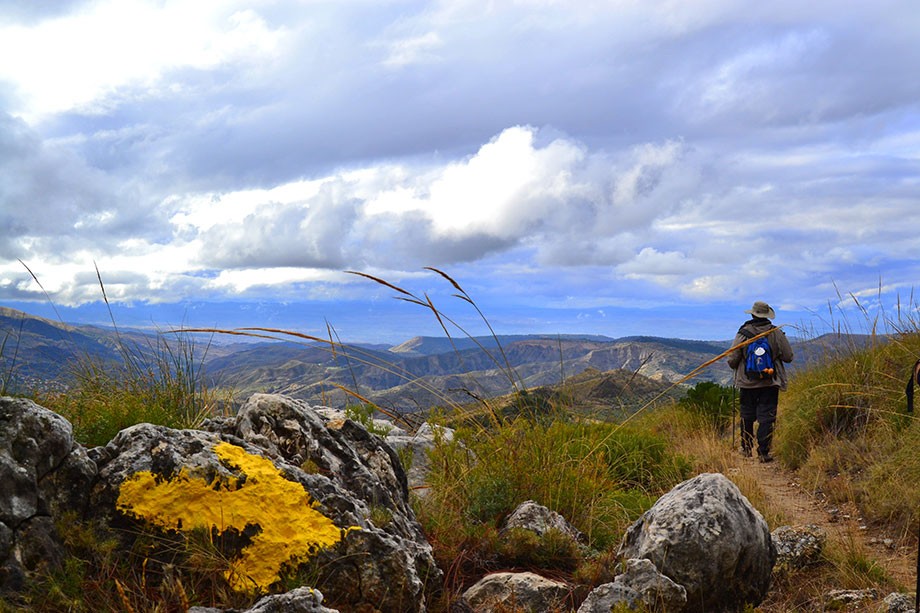
Camino de Santiago: main pilgrimage routes
The Camino de Santiago is one of the most important pilgrimage routes in Europe. The discovery of the tomb of the Apostle in the 9th century marked the beginning of a Camino that leads our steps to Santiago until today.
We speak of the Camino de Santiago to refer, in fact, to a network of Jacobean Routes that cross all of Europe. The choice of the Way depends a lot on the needs and preferences of the pilgrim.
From El Camino con Correos we want to help you in this difficult decision by detailing the ten most popular roads that cross Spain: Camino Frances, Norte, Portugues, Primitivo, Inglés, Vía de la Plata, Sanabres, Camino de Invierno, Mozárabe and the only one that does not have its goal in Santiago, but the beginning: Camino a Fisterra y Muxía.
READ MOREThe spiritual meaning of the Camino, the search for oneself, hospitality, nature, the different towns and their people, the rich cultural heritage ... There are many reasons that today justify the pilgrimage to Santiago. And all contribute to make it a unique and unforgettable experience.
Like many there are also the routes that the pilgrim can choose to get to Compostela. The famous Calixtino Codex, a 12th century handwritten jewel considered the first and most famous guide on the Camino de Santiago, includes one of the most used routes since medieval times to reach Santiago: the one we know today as the Camino Frances.
But not the most famous is the only one. Up to a total of 286 Roads throughout 28 countries have been mapped by the Federation of Friends of the Camino de Santiago in collaboration with the National Geographic Institute.
A total of 80,000 Jacobean kilometers that cross the main communication routes in Europe. And most of them have been recovered in recent decades thanks to the rebirth of the pilgrimage to Santiago since the 80s and, especially, since the celebration of Xacobeo 93.
Most popular routes to Santiago in Spain
The Camino Frances is the most popular itinerary: the great 800km route that links Europe with northern Spain, crossing Aragon, Navarra, La Rioja, Castilla y León and Galicia. The most popular section is the one that goes from Sarria to Santiago –in Galicia-, the minimum 100 kilometers required by the Cathedral of Santiago to have traveled on foot to get the Compostela.
The Camino Frances is the itinerary followed by pilgrims arriving in Spain via one of the four main routes in France: the Via Turonense (which leaves Paris), the Via Lemovicense (which starts from Vezelay), the Via Podense (which leaves de Le Puy) and the Via Tolosana (which crosses the Pyrenees through Somport).
Its popularity was unstoppable from its detailed description in the Calixtino Codex (12th century), becoming a great commercial route in which some of the main Jacobean vilas were founded such as Jaca, Pamplona, Logroño, Burgos, Carrión de los Condes, León or Astorga.
It has an excellent network of hostels and accommodation, good signage and a very rich cultural and artistic heritage. The French Way is also advisable for those pilgrims who like to meet people or are looking for some company along their Route, who want to discover different landscapes and who like to know the heritage wealth of the territories. On the contrary, it is not very suitable for those who choose to walk a lonely Camino, especially in summer.
After the Frances, the most popular itinerary is the Camino Portugues (Portuguese Way). Most pilgrims go through it from Tui, already in Galicia, which involves 5 or 6 stages until they reach Santiago. From Portugal, the main starting point is Porto.
The Portuguese Way has several variants along its route from Lisbon to Santiago. The central Portuguese Way is the most popular. It crosses towns such as Santarém, Coimbra, Barcelos or Ponte de Lima and enters Galicia through Tui. Among the most popular variants is the Camino Portugues de la Costa (Portuguese Coast Way), which starts in Porto and continues its journey along the sea, entering Galicia through the town of A Guarda.
Its incredible beauty, a smooth itinerary and a red one of more than acceptable accommodation is common in one of the preferred options for the walker.
Beautiful and hard is the Camino Primitivo, the one that goes from Oviedo to Santiago de Compostela. It is about the journey by King Alfonso II of Asturias in the 9th century to visit the relics of the Apostle after their discovery. Its mountain sections make it especially difficult to travel a route that, however, rewards the pilgrim with spectacular landscapes.
Nature is one of the main attractions of the Camino del Norte, which runs along the Cantabrian coast from Irún (Basque Country) to Santiago de Compostela. Also known as the Camino de la Costa, the pilgrim who choose this itinerary has more than 800 kilometers ahead, making it the second longest route to Santiago after the Vía de la Plata.
The Camino Ingles or English Way is another good option for those pilgrims fleeing the most well-known routes. Historically, it was the route used by English and Irish pilgrims who arrived by boat to the Galician ports and its starting points are Ferrol and A Coruña.
Little traveled is also the so-called Winter Way, which leaves from Ponferrada to Santiago through more than 250 kilometers. It is a variant of the French Way, which avoids passing through areas that are difficult to access in the winter, such as the climb to O Cebreiro. As it passes, the pilgrim can enjoy unique natural landscapes such as Las Médulas in El Bierzo or the Ribeira Sacra already in Galicia.
From the South of Spain two Caminos go up towards Santiago: the Mozarabe and the Via de la Plata. Both are inadvisable to do in summer due to the high temperatures they endure. However, they are ideal for those who decide to do the Camino by bicycle, as they present comfortable dirt or asphalt tracks and do not register significant slopes.
The Mozárabe departs from Córdoba, Jaén, Granda and Málaga, being one of the longest Caminos de Santiago (about two months) and connects in Mérida with the Vía de la Plata. The natural continuation of the Caminos del Sur is the Camino Sanabres, which from Granja de Moreruela (Zamora) goes to Santiago entering Galicia through the province of Ourense.
Finally, from the Camino con Correos we also recommend the Camino a Fisterra and Muxía, whose peculiarity is that it begins in Santiago de Compostela. From the tomb of the Apostle, the pilgrim goes to the End of the World, where one of the most spectacular sunsets awaits him.
Beyond these popular Jacobean Routes, Spain has throughout its territory with more itineraries that connect the different starting points of the pilgrim with Santiago. Some of the best known are the Camí de Sant Jaume in Catalonia, which starts from the Montserrat Monastery and runs through Catalonia in the direction of Zaragoza.
Historic is also the Ruta de la Lana, which is the path followed by ranchers, shearers and pilgrims from La Mancha. Or also the Camino de Madrid, which leaves the capital and crosses the Sierra de Guadarrama to Segovia and Valladolid, joining the Camino de Santiago in Sahagún.
Description, accommodations and services
In this section of Los Caminos, in addition to delving into each of the ten most popular Jacobean Routes, you will be able to see their classification by stages, location and route maps, images and level of difficulty.
Both each of the ten Paths and each of the stages of each Route has an accommodation search engine. There you will find the hostels, hostels, pensions, hotels and other hotel establishments where you can stay the night during your Camino. To make the search easier, you have them arranged by Way, location and type of accommodation.
And for those who want to plan their route well, we also offer tips from the people who tread each stage every day: our postmen and women. They will tell you what you can see or do in a certain location, curiosities of the area or anecdotes.
And if you have any questions when it comes to preparing the Camino de Santiago, the postmen will give you a hand.
We hope that all this information will help you on your Camino de Santiago. And remember that the most important thing is to have the desire and start walking. The Camino de Santiago will reward you. Good road, pilgrims!
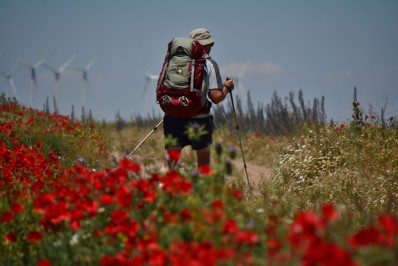
Camino Francés (The French Way)
Saint Jean Pied de Port / Somport
Santiago de Compostela
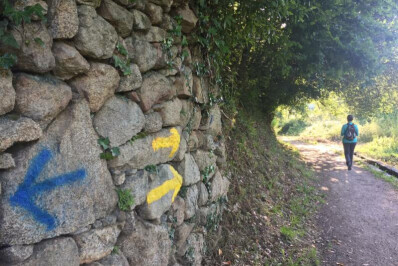
Camino Portugués (The Portuguese Way)
Porto
Santiago de Compostela
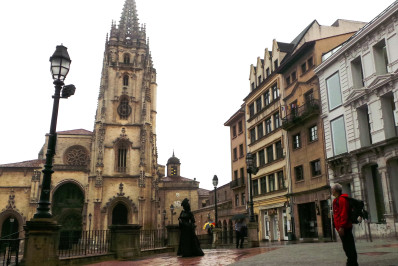
Camino Primitivo (The Primitive Way)
Oviedo
Santiago de Compostela
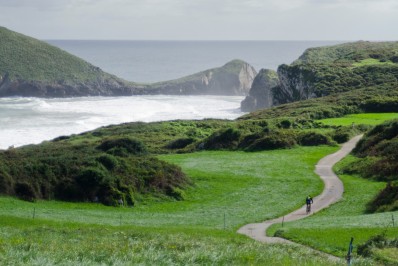
Camino del Norte (The Northern Way)
Irún
Santiago de Compostela
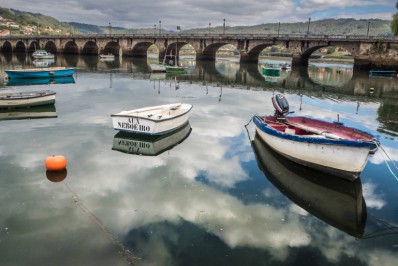
Camino Inglés (The English Way)
Ferrol / A Coruña
Santiago de Compostela
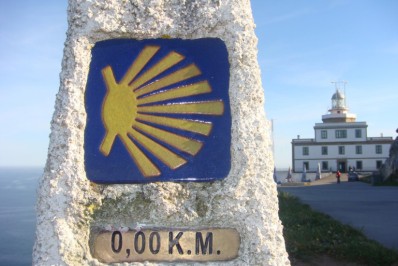
Camino a Fisterra y Muxía (The Way to Fisterra and Muxía)
Santiago de Compostela
Fisterra - Muxía
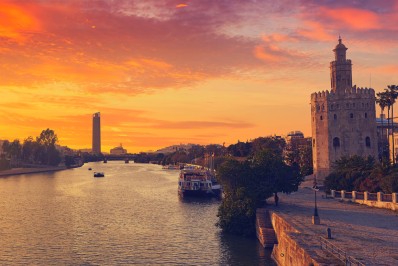
The Vía de La Plata
Sevilla
Santiago de Compostela
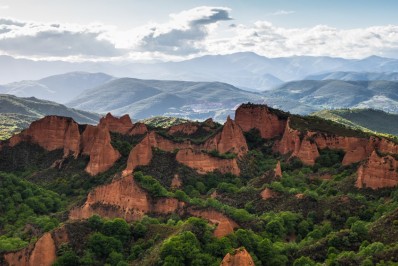
Camino de Invierno (The Winter Way)
Ponferrada
Santiago de Compostela
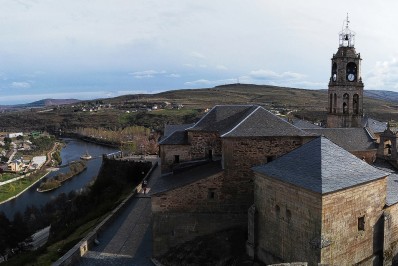
Camino Sanabrés (The Sanabria Way)
Granja de Moreruela
Santiago de Compostela
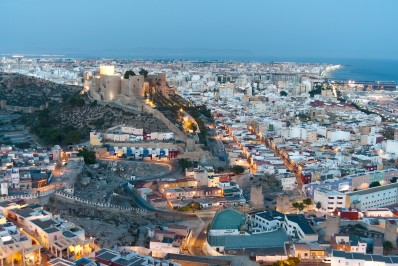
Vía de la Plata (The Mozárabe-Via de la Plata Way)
Almería
Santiago de Compostela
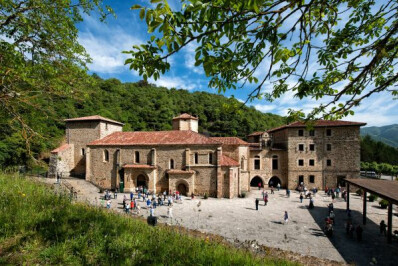
Camino Lebaniego
San Vicente de la Barquera
Santo Toribio de Liébana

